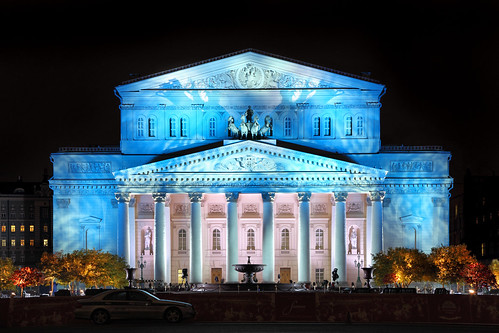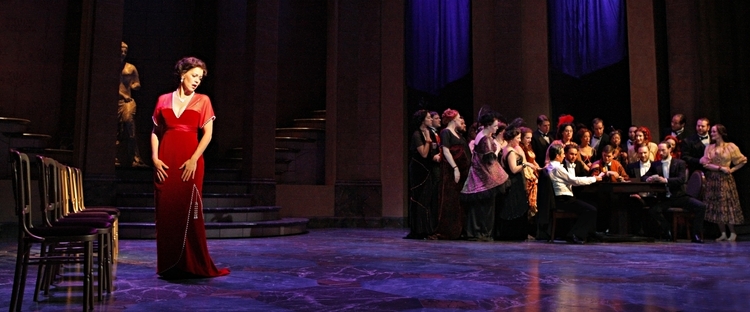Savannah
As a performer, life consists of a whole lot of auditioning. Performers get up ready to face an audition day through their own special routines, typically doing something to calm themselves down and keep nerves at bay. Sure, we get ready, warm up, rehearse, show up to the audition… but then what? Here are some different audition processes for different major Opera companies.The Metropolitan Opera was founded in 1883. They have always prided themselves on showcasing the world’s most important artists, whether that be singers, conductors, composers, musicians, stage directors, designers, visual artists, choreographers, or dancers.
The Met requests that performers auditioning for a role in the opera chorus must first submit a cover letter requesting an audition. They have to give their first, second, and third prefered audition session times, and must also include if they are affiliated with a union. Those wishing to audition must also include a one-page resume, and a headshot, along with an MP3 of an operatic aria and a list of five or less operatic arias. From that list of arias, two will be chosen as audition pieces.
For principal roles, singers must be invited to auditions. They must be represented by “professional artist management or under very special circumstances.” The Met is allowed to decline to hear applicants without any explanation.
The Kansas City Lyric Opera
The Lyric Opera was founded in 1958, and according to their site, “brings high quality live operatic performances to the people of the Kansas City area and five-state region at the state-of-the-art Kauffman Center for the Performing Arts.”
Auditions are by appointment only, whether they are through management or by the individual. There are annual auditions in New York City in early December for principal roles in the operas for the following year.Resumes and requests must be emailed in for consideration.
The Royal Opera House
The Royal Opera House in London is, according to their website, “one of the world’s most leading pera companies… renowned both for its outstanding performances of traditional opera and for commissioning new works by today’s leading opera composers….”
A program called the Jette Parker Young Artists Programme is “intended to benefit extremely gifted individuals at the start of their professional careers. Singers… are expected to have some performance experience and to have completed training at an established music college (although this is not an essential requirement.)” There is technically now upper or lower age limit for the program.
Through writing this article I realized how different auditions can be and how detailed processes are. I didn't know that certain operas (like the Met), hold auditions for lead roles by invitation only. It really helps me understand that all auditions are different in some way and how important it is to be extremely prepared for whatever an audition may consist of.




























